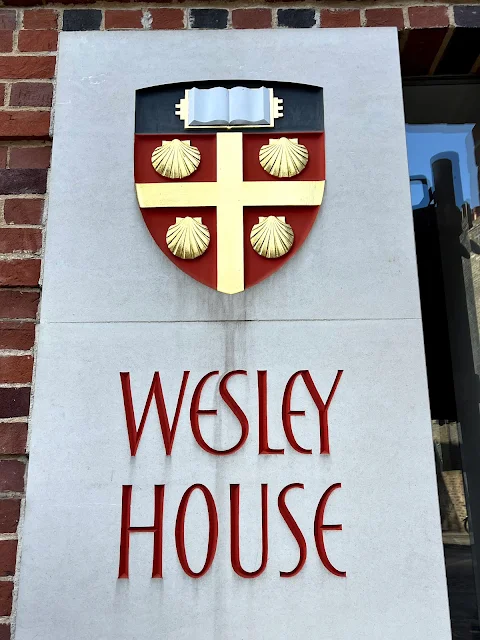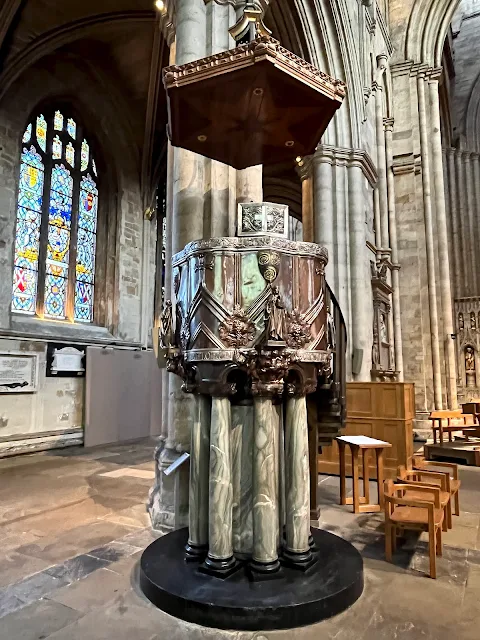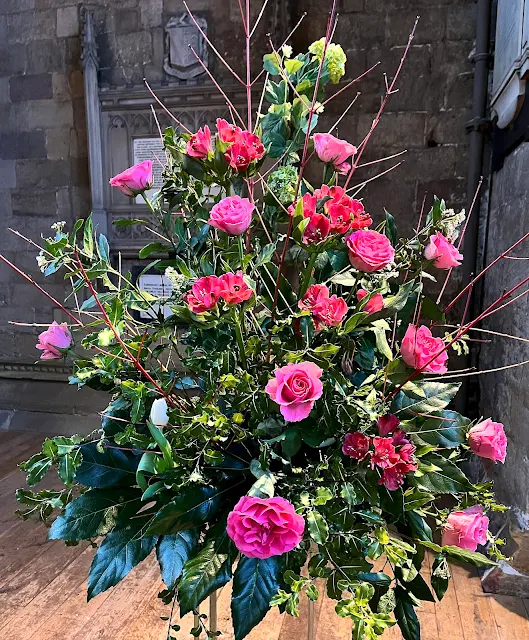"Protesters have taken to wearing oversized inflatable costumes to deflate tensions and draw attention at rallies against Trump administration’s policies. Crowds across the U.S. and abroad rallied Saturday during 'No Kings' demonstrations against what they call a slide into authoritarianism under President Donald Trump. Republicans dismissed the gatherings as “Hate America” rallies, but many had a festive feel" -- AP News
In this photo, though, I would also take note of the gentleman wearing the AFL-CIO stocking cap, suggesting to me, at least, the more sober side to this No Kings protest.



























